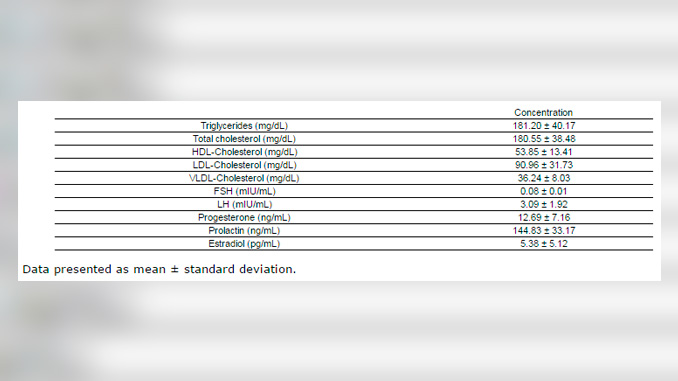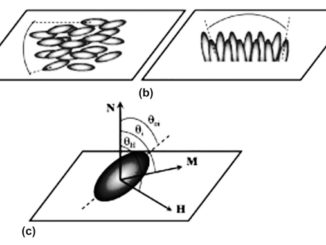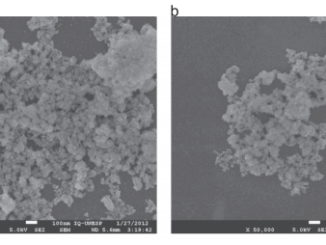
Writers:
Keywords: Pesticides; Metals; Contamination; Pregnancy
ABSTRACT
PURPOSE: To evaluate the contamination index of metals and pesticides in pregnant women, and to relate this to perinatal outcomes.
METHODS: Descriptive, retrospective, exploratory study, developed from existing secondary data analyses at Level III maternity center. A total of 40 mothers with their newborns (NB), living in a rural area in Botucatu- Brazil and surrounding region. Blood samples from mothers and newborn were collected to determine the total contamination index for metals and pesticides. The concentrations of each metal and each pesticide were determined in blood samples of mothers and their newborns by Rudge’s results. After obtaining these concentrations, the total contamination index in mother and NB was calculated, along with its correlation with clinical parameters of NB.
RESULTS: There was no correlation (p> 0.05) between maternal contamination index with NB clinical parameters, and NB contamination index versus NB clinical parameters.
CONCLUSION: The maternal contamination index of metals and pesticides was not related to perinatal outcomes, but it could be used as baseline parameter in future toxicological studies, regarding to long-term toxic characteristics as persistent organic pollutants, its long half-lives, bioacumulative, and expected to impose serious health effects on humans.




